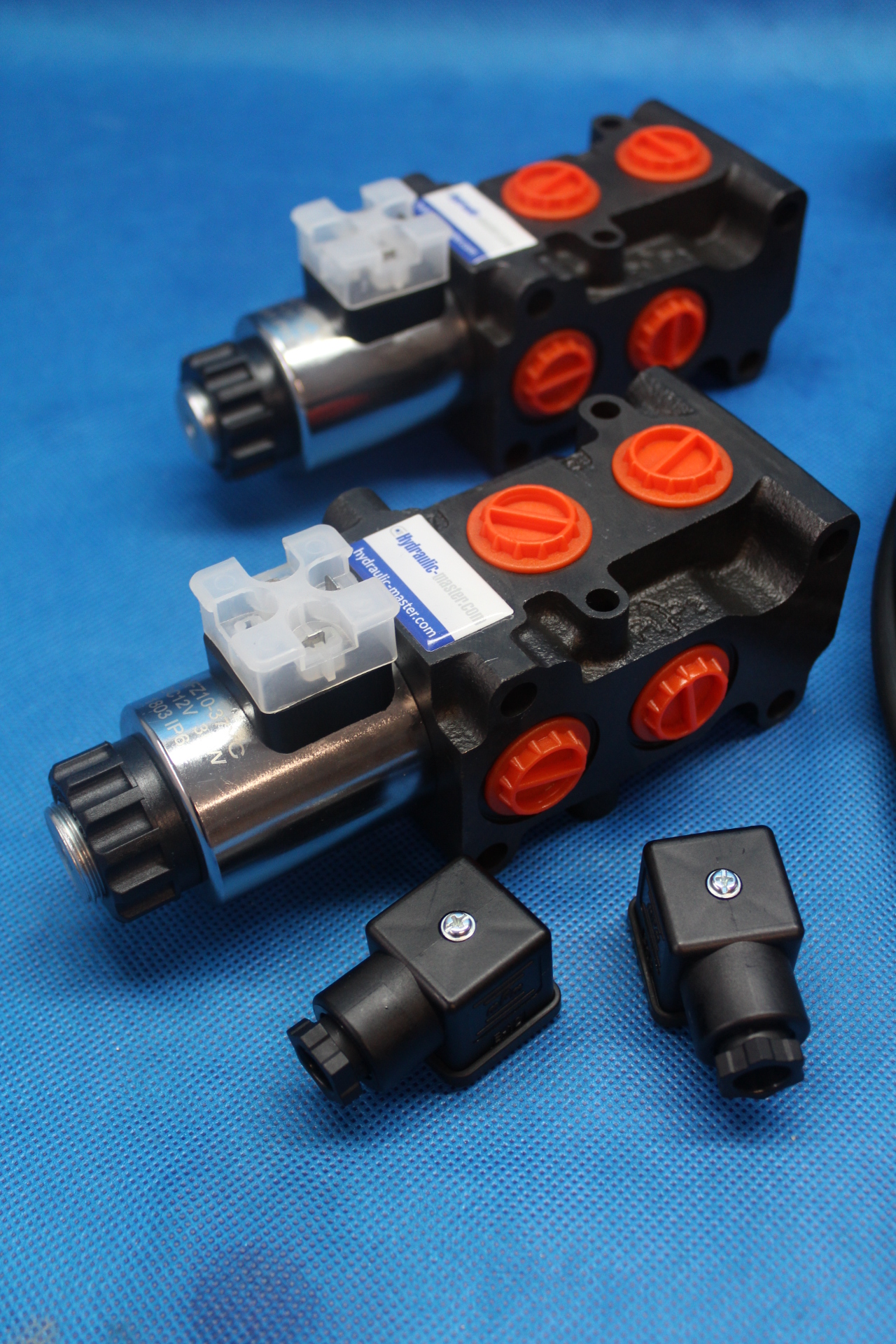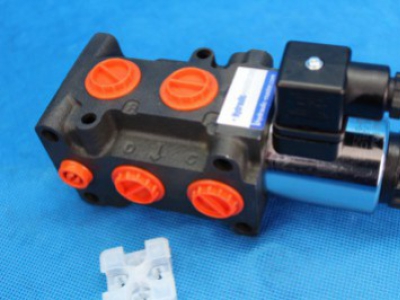Solenoid valve
The solenoid valve, i.e. electrovalve, is used in all industries. The solenoid valve is used in various installations and machines. How does the solenoid valve work and what is electrovalve for?
The solenoid valve is controlled by electrical signals. The valve changes its position due to a signal sent by the electromagnetic field. This action causes the valve position to change to open or closed, i.e. it causes the valve to work. There is a controlled flow of liquid or gas relay in the system.
Solenoid valves are unidirectional devices. There are several types of solenoid valves that are divided due to the medium flowing through them. There are valves for water, steam, oil and gas. Solenoid valves are mainly used for refrigeration, heating and pneumatic systems. When choosing a solenoid valve, keep in mind its intended use and where it will be used.
The CO solenoid valve is intended for contact with air, gasoline, oils, non-aggressive fluids, water or gases. Such solenoid valves allow a secure shutdown of the gas or central heating system.
Pneumatic solenoid valves are an essential element of control, regulation and propulsion systems. They are produced using innovative technologies, so that their functioning is extremely precise and reliable. These are devices that control the direction of flow (distributors), pressure and flow rate.
A hydraulic solenoid valve is usually a shut-off valve or splitter. Hydraulic solenoid valves are used, among others, in fire and irrigation installations, water supply and other hydraulic systems. Hydraulic valves for water and fluids allow their flow to be opened and closed via a low voltage coil. The hydraulic valve can be controlled by an AC or DC coil and has different allowable operating pressure.
Water solenoid valves are used to cut off and regulate water flow. These devices are adapted to attend on various media, including for hot water, which also allows you to regulate the flow of steam, or a water solenoid valve, which also allows you to handle light oils. Water solenoid valves have different properties because the conditions under which they must work are different. The water solenoid valve has the right temperature of the medium flowing through it (e.g. from -30 ℃ to +140 ℃) or maximum pressure (e.g. 4 bar). The following are also set in advance: the ambient temperature at which the water solenoid valve can operate (e.g. from -10 ℃ to +50 ℃) and the size of the passage and flow.
.JPG)



.JPG)
.JPG)